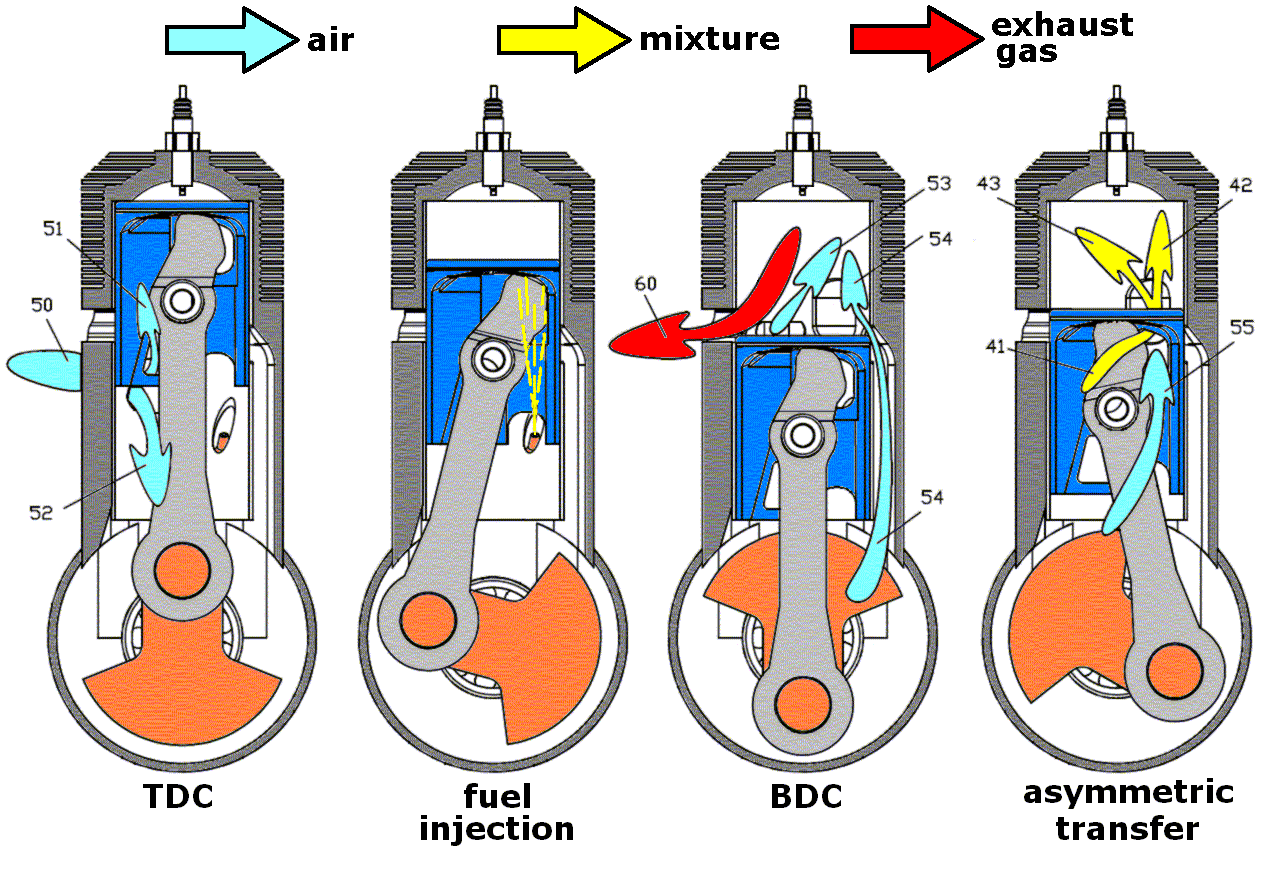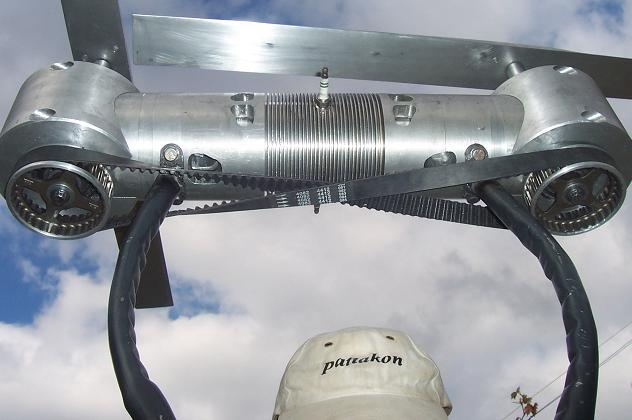Tommy Cookers wrote:extra fuel upstream of the supercharger (like MW/ADI fluid) is a 'free' charge cooler......J.A.W. wrote: .......More likely, it is as an anti-detonant injection method utilizing the latent heat ( absent in DI) , for hard running, at WOT.
( & that is something BMW did for its DI aero-engines, 70+ years ago, by injecting extra av-gas into the supercharger eye).
reducing compression work (supercharger power consumption per massflow) and charge temperature (and engine temperature overall)
though when were BMW doing this without either MW or GM (nitrous) kits that anyway required more fuel ?
most of the numerous non-compound Wright R-3350s used ADI and fuelling upstream of the supercharger and had none of the compound's DI
the benefits are far less in an NA engine, as here today
the time element may act against DI, the fuel needs some 'charge preparation' time to evaporate enough for rapid and full combustion
so PFI may be necessary at the high rpm needed for full power
though PFI displaces charge by evaporation volume of fuel etc and DI (after valve closure) does not
Bear in mind that such 2T mills are running resonance-wise at WOT max-output states, whereby the pulse tuning
means that fuel is shot back into the combustion chamber from the exhaust port.
As noted by KC in the linked article such crankcase breathing 2Ts run best & hardest at quite low temperatures, ( ~50`C)
so that charge cooling is considered to be worthwhile.
As a matter of interest, I have a ~45 year old set of Kawasaki factory graphs for their very basic H2 piston port 2T triple,
- one of which shows specific fuel consumption in grams/hp/hour.
It gives its best efficiency of ~300 gm/hp/hr @ peak power,( ~7,000 rpm), when its simple tuning parameters chime together,
for a modest ~100hp/ltr.
As regards the BMW , it was for wartime emergency hard running, introduced on FW 190 fighter-bombers of the type
that were making 'tip & run' attacks over the English Channel, & which were liable to being 'coursed' by the even harder
running Napier Sabre powered Typhoon interceptors at nought feet over the sea.
The BMW required C3 ( German 'hi-test') petrol, so any extra shot into the supercharger eye, was available from main supply.
& it was the German V12s using lesser grade B4 fuel, which used MW 50 as emergency boost ADI, from a discreet tank.



